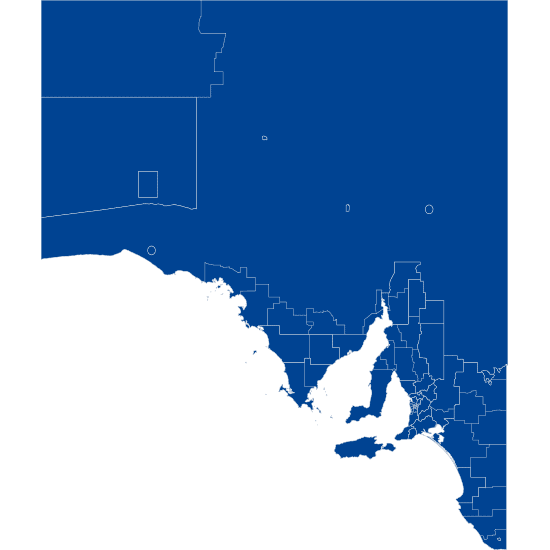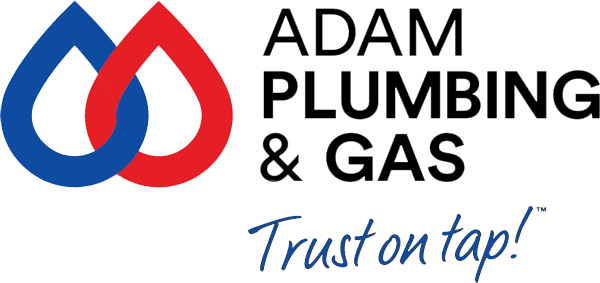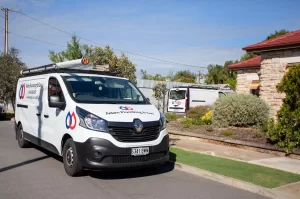What Our Customers Say
Fast & Reliable Plumber Adelaide Locals Trust
We go beyond quick fixes. We address the source of your Adelaide plumbing issues for a long-term solution you can trust at an affordable price.
Case Studies
Adelaide’s Premier Plumbers for Dependable Service
Many of our Adelaide plumbing and gas fitting customers from 20 years ago are still with us today. Why? Because we don’t just do plumbing jobs. We solve customers’ problems conveniently, cost-effectively, and with the best long-term outcome.
Done right the first time
Unlike some plumbers, we never do quick fixes. We take the time to diagnose what’s really going on, and make sure you don’t run into the same problem again. It might take more work this time around, but you could save thousands on plumbing bills in the long run.
All plumbing and gas fitting jobs
We can help you with almost any repair, maintenance or installation job you need. Even the ones that other plumbers can’t do – we usually can.
We won’t disrupt you
Calling a plumber might be an inconvenience, but their visit doesn’t have to be one. We take great care to be as small an intrusion as possible – always cleaning up after ourselves for the small jobs, and setting up the big jobs to be as non-disruptive as they can.
Adam Plumbing & Gas are ready to help you now across Adelaide CALL (08) 8311 7040
Case Studies
We Service the Whole of South Australia
You can depend on Adam Plumbing and Gas team for quality services offered at competitive rates in the Adelaide’s metropolitan and surrounding areas.












